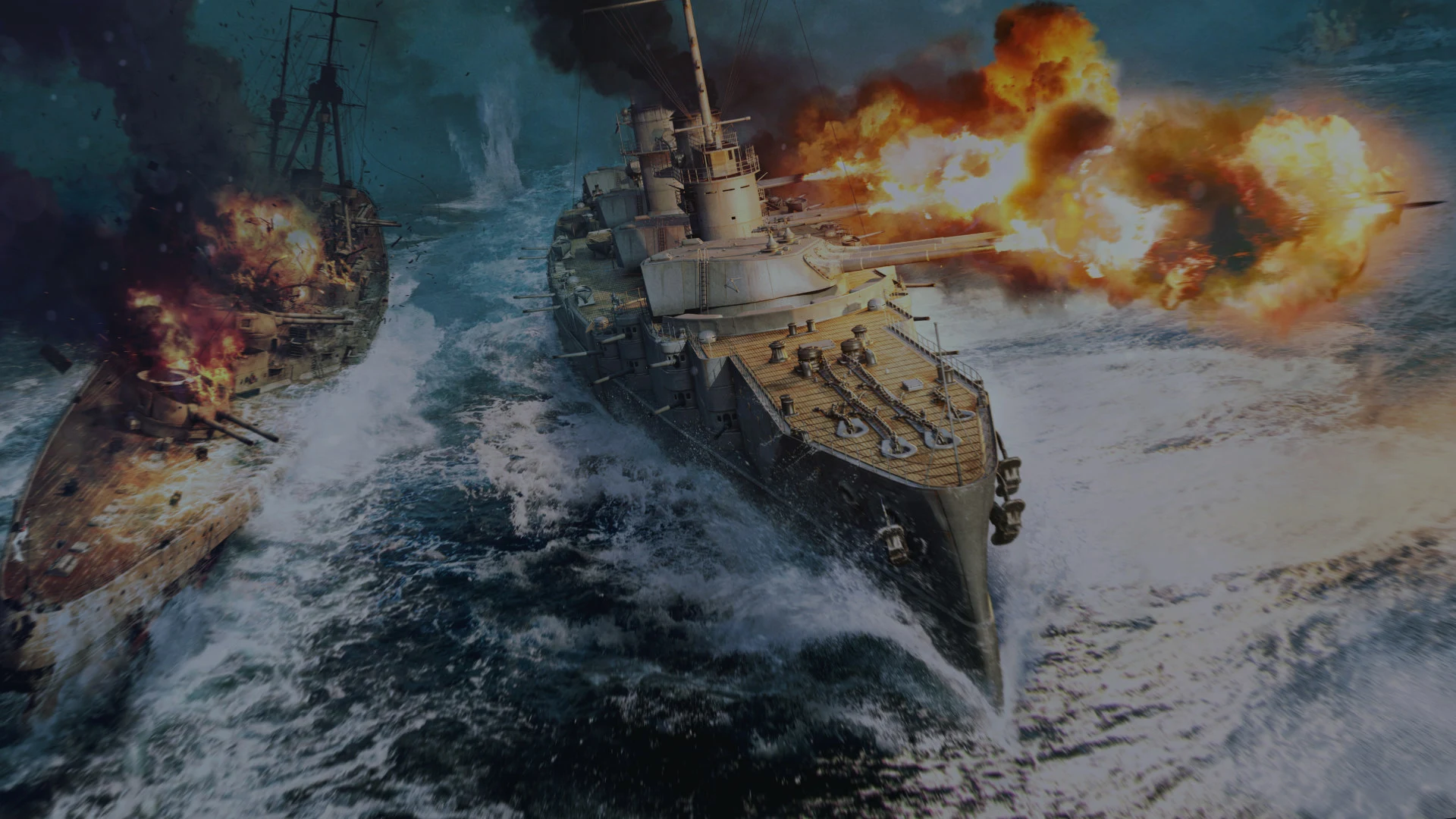
- For PC
- For MAC
- For Linux
- OS: Windows 7 SP1/8/10 (64 bit)
- Processor: Dual-Core 2.2 GHz
- Memory: 4GB
- Video Card: DirectX 10.1 level video card: AMD Radeon 77XX / NVIDIA GeForce GTX 660. The minimum supported resolution for the game is 720p.
- Network: Broadband Internet connection
- Hard Drive: 17 GB
- OS: Windows 10/11 (64 bit)
- Processor: Intel Core i5 or Ryzen 5 3600 and better
- Memory: 16 GB and more
- Video Card: DirectX 11 level video card or higher and drivers: Nvidia GeForce 1060 and higher, Radeon RX 570 and higher
- Network: Broadband Internet connection
- Hard Drive: 95 GB
- OS: Mac OS Big Sur 11.0 or newer
- Processor: Core i5, minimum 2.2GHz (Intel Xeon is not supported)
- Memory: 6 GB
- Video Card: Intel Iris Pro 5200 (Mac), or analog from AMD/Nvidia for Mac. Minimum supported resolution for the game is 720p with Metal support.
- Network: Broadband Internet connection
- Hard Drive: 17 GB
- OS: Mac OS Big Sur 11.0 or newer
- Processor: Core i7 (Intel Xeon is not supported)
- Memory: 8 GB
- Video Card: Radeon Vega II or higher with Metal support.
- Network: Broadband Internet connection
- Hard Drive: 95 GB
- OS: Most modern 64bit Linux distributions
- Processor: Dual-Core 2.4 GHz
- Memory: 4 GB
- Video Card: NVIDIA 660 with latest proprietary drivers (not older than 6 months) / similar AMD with latest proprietary drivers (not older than 6 months; the minimum supported resolution for the game is 720p) with Vulkan support.
- Network: Broadband Internet connection
- Hard Drive: 17 GB
- OS: Ubuntu 20.04 64bit
- Processor: Intel Core i7
- Memory: 16 GB
- Video Card: NVIDIA 1060 with latest proprietary drivers (not older than 6 months) / similar AMD (Radeon RX 570) with latest proprietary drivers (not older than 6 months) with Vulkan support.
- Network: Broadband Internet connection
- Hard Drive: 95 GB
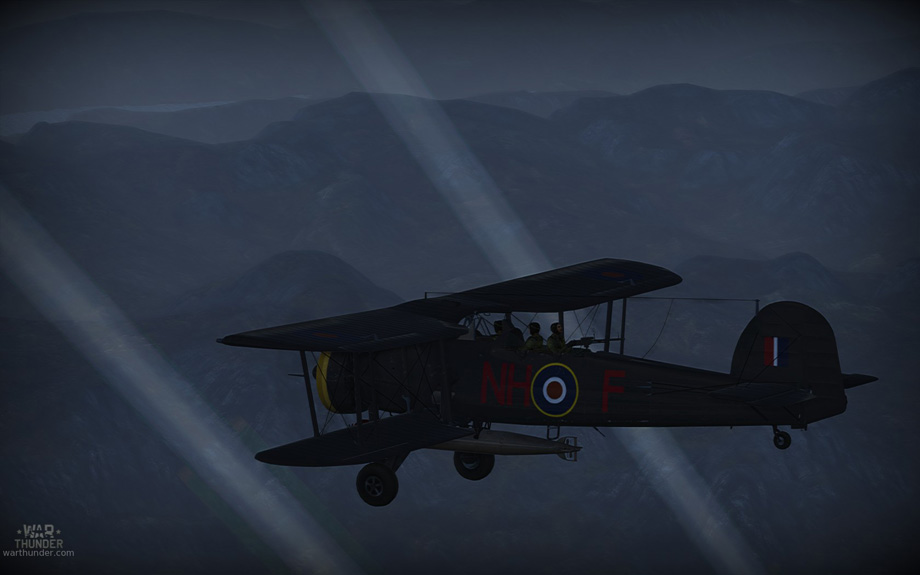
Night camoflage for Fairey Swordfish by Hueynam1234 | download here
Even before the outbreak of the Second World War, it was obvious to both Britain and the Axis nations that the Mediterranean Sea was essential for resupply of forces in North Africa. The British Royal Navy had a significant numerical advantage over the Italian Fleet but it was also spread across a far greater area, making the Italian Regia Marina more of a threat in the Mediterranean. As early as 1935 the key Italian port of Taranto was marked out as a target and in autumn 1940 the decision was taken to implement that plan.
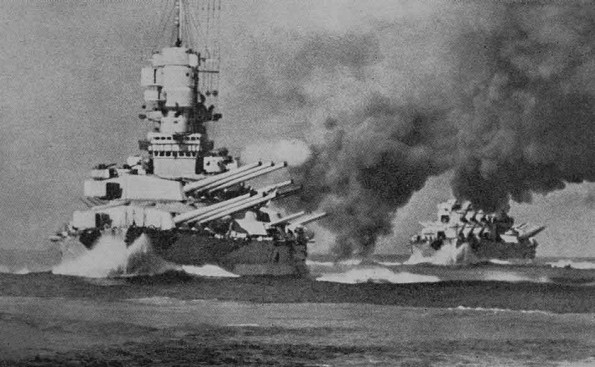 |
| Italian Battleships Littorio and Vittorio. Littorio was badly damaged durning attack |
Admiral Sir Andrew Cunningham ordered the attack on Taranto to take place on the night of 21st October – the anniversary of the Battle of Trafalgar. However, a number of delays such as a fire onboard the carrier HMS Illustrious and contaminated fuel forced a delay to the attack, and a reduction in the strike force. At 1800 on November 11th Illustrious headed for the launch position together with four escorting destroyers, 170 miles south of Taranto.
The first wave of twelve Swordfish launched just before 2100 and, after a night transit of nearly two hours requiring commendable navigational skills, arrived in the target area. Having become separated in cloud, eight aircraft arrived just before 2300 to begin the attack. Flares were used to illuminate the area before three Swordfish carried out a torpedo run which succeeded in striking the battleship Conte de Cavour. One Swordfish was shot down and the crew taken prisoner.
Within moments a second Sub-Flight of three Swordfish attacked from the north, successfully hitting the battleship Littorio. The remaining four aircraft which had become separated en route now caught up; each armed with six 250 lb bombs, the four Swordfish now dive bombed warships in the inner harbor and Taranto’s seaplane base.
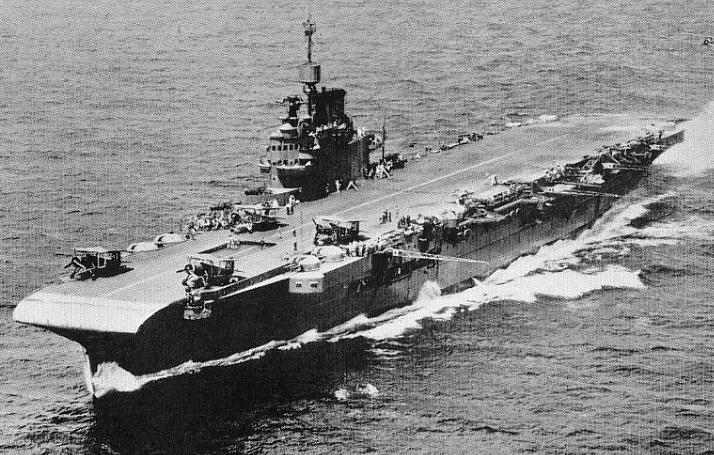 |
| HMS Illustrious with Swordfish torpedo bombers on deck |
The second wave had started badly when one aircraft was delayed in launching after a taxiing accident on deck, and a second Swordfish had to abandon the strike and return to Illustrious after its auxiliary fuel tank had detached. The eight remaining Swordfish arrived at Taranto some twenty minutes after the first wave had departed. The second wave repeated the same initial steps by lighting the target area with flares from two Swordfish which then went on to bomb Taranto’s fuel depots. A torpedo strike from the north west succeeded in scoring two further hits on the Littorio and one on the Caio Duilio. One Swordfish of the second wave was shot down whilst attacking the heavy cruiser Gorizia. The second wave’s bombers also carried out accurate attacks on ships moored in the Mar Piccolo anchorage. By 0250 all 18 surviving Swordfish had successfully recovered to Illustrious.
The damage inflicted by the 20 Royal Navy biplanes was catastrophic. After severe flooding the Caio Duilio was beached, shortly followed by the Conte de Cavour and the Littorio. Three battleships had been flooded and abandoned with the loss of 52 men. Fuel and oil depots on the shore were also damaged, as was the seaplane base along with the loss of two aircraft. Superficial damage was also caused to several other smaller warships by the dive bombing. It would take the better part of half a year to repair the damage to the battleships Littorio and Caio Duilio whilst repairs to the Conte de Cavour were never completed. Not only had the Italian fleet lost half of its capital ships in one attack, it also moved its surviving three battleships to Naples for better protection, which placed them out of range of being able to quickly contribute to operations in the Mediterranean.
Expecting severe losses, the Swordfish crews returned to a heroes’ welcome back onboard Illustrious, reputedly followed by three rounds of whiskey and soda in the ship’s Wardroom. Admiral Cunningham, upon hearing of the success of the raid, sent the message “Illustrious maneuver well executed.”
With an upcoming update we will introduce the insignia of 815 Naval Air Squadron, Fleet Air Arm
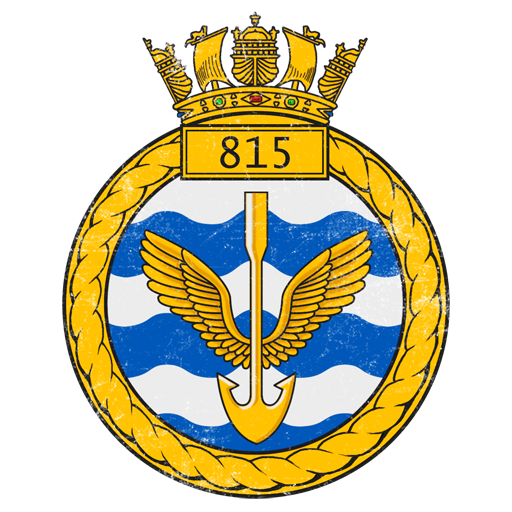
About The Author
 |
Mark Barber, War Thunder Historical Consultant Mark Barber is a pilot in the British Royal Navy's Fleet Air Arm. His first book was published by Osprey Publishing in 2008; subsequently, he has written several more titles for Osprey and has also published articles for several magazines, including the UK's top selling aviation magazine 'FlyPast'. His main areas of interest are British Naval Aviation in the First and Second World Wars and RAF Fighter Command in the Second World War. He currently works with Gaijin Entertainment as a Historical Consultant, helping to run the Historical Section of the War Thunder forums and heading up the Ace of the Month series. |



